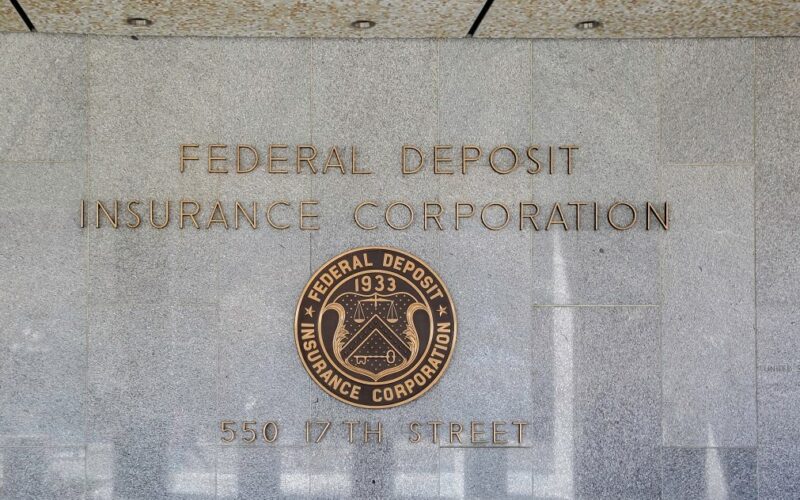The Federal Deposit Insurance Corporation (FDIC) has recently implemented a new rule governing the use of its official signs and advertising, aimed at addressing false advertising, misrepresentations of deposit insurance coverage, and the misuse of the FDIC’s name or logo. This rule change has the potential to influence public perception of certain crypto firms.
New Signage Requirements for FDIC-Insured Institutions
Starting from 2025, institutions insured by the FDIC will be required to display a black and navy blue sign, replacing the gold and black sign that has been in use since the 1930s. This signage change applies to websites, apps, brick-and-mortar bank locations, and specific ATMs.
The FDIC emphasized that the last significant update to its sign and advertising rules was in 2006. The purpose behind this recent update is to prevent entities, including those within the crypto industry, from misleading customers by falsely claiming that their funds are FDIC-insured.
“While the rule finalized today isn’t limited to the crypto industry, abuse by crypto has been rampant, forcing the FDIC to take multiple actions to stop it,” said Dennis Kelleher, president and CEO of nonprofit organization Better Markets.
In recent years, there have been instances of crypto firms misleading investors by falsely claiming that their investments were FDIC insured. The FDIC’s action to update and strengthen its rules is a response to this misconduct, and it aims to prevent such deceptive practices.
Changing Landscape of Crypto and FDIC’s Response
The new rule from the FDIC was prompted by widespread abuse within the crypto sector, which has seen a number of banks associated with crypto firms facing closures, regulatory intervention, or voluntary liquidation. These incidents have raised concerns among lawmakers about protecting user funds.
In collaboration with the New York State Department of Financial Services, the FDIC closed Signature Bank and Silicon Valley Bank, which held deposits from stablecoin issuer Circle and venture capital firm Sequoia Capital, respectively. These developments have underscored the need for stricter regulations and greater transparency in the crypto industry.
The FDIC recognizes crypto activities as “novel and complex risks” for U.S. banks due to their uncertain legal and regulatory status. The updated sign and advertising rules aim to address these challenges and ensure greater transparency for consumers and investors in the crypto industry.
Highlighting the potential risks associated with crypto transactions, the Consumer Financial Protection Bureau issued a warning in June that payment apps facilitating crypto transactions might not necessarily be FDIC-insured. This puts funds at risk and emphasizes the importance of understanding the insurance coverage of crypto-related transactions.
It is worth noting that more than 40 countries have made significant strides in advancing crypto-focused regulations and legislation this year, indicating a growing global trend towards wider cryptocurrency adoption. These countries have taken various initiatives to develop regulations and legislation specifically tailored to the cryptocurrency industry.
















